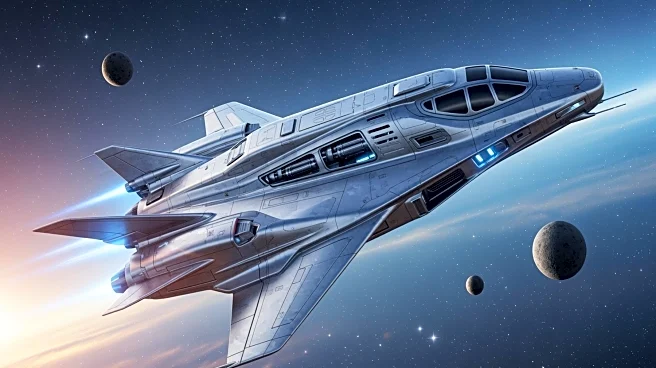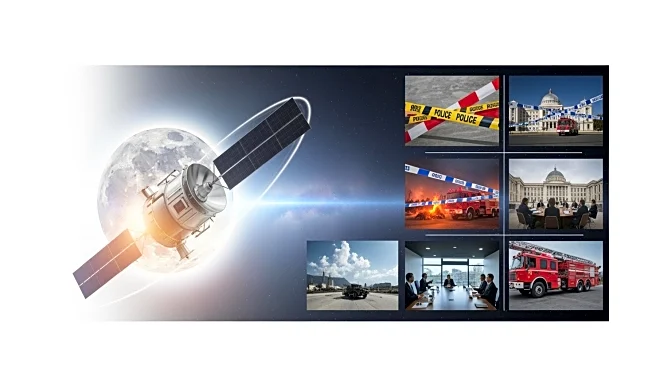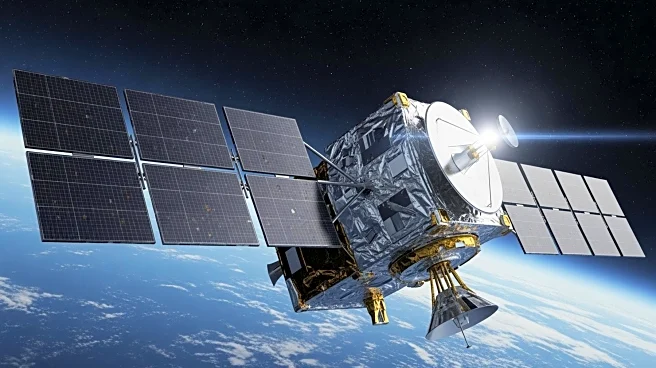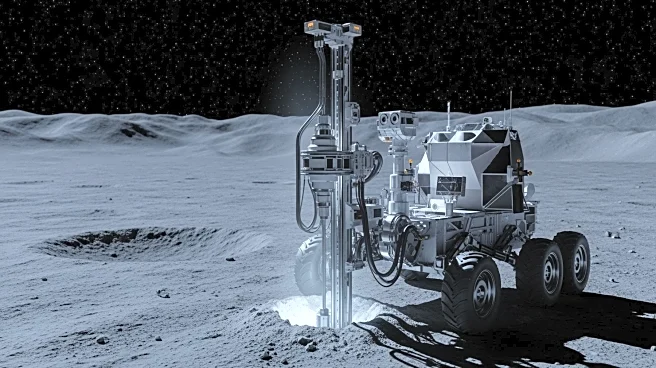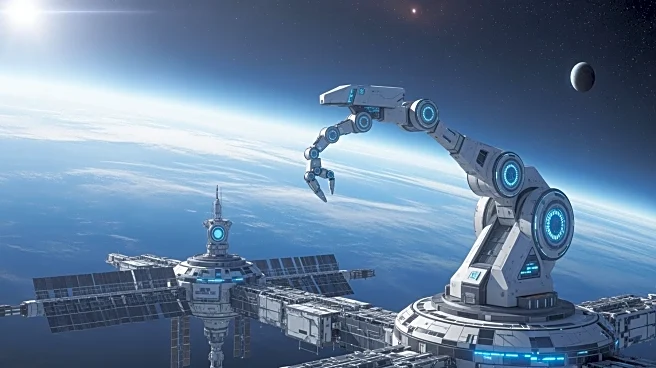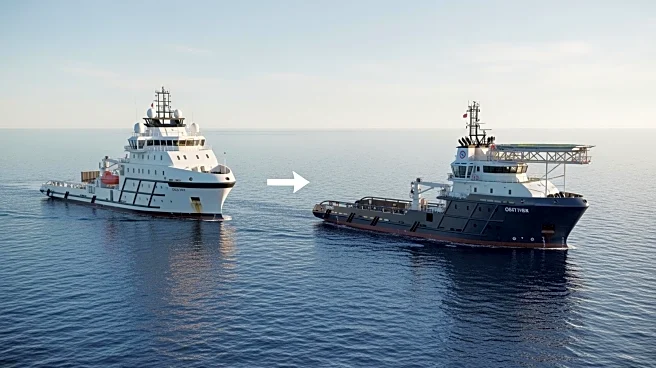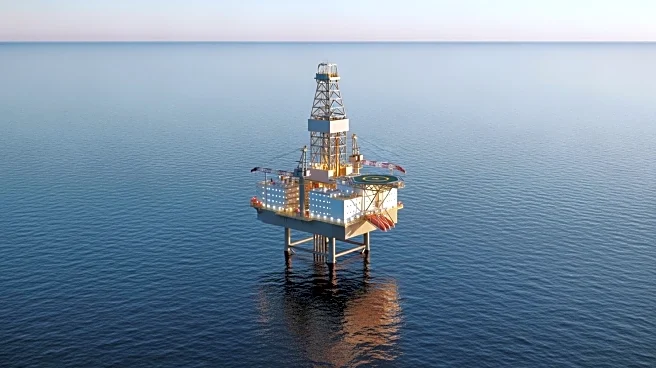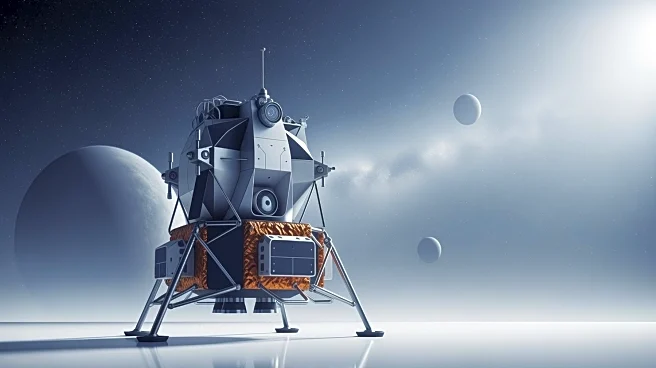What's Happening?
SpaceX recently conducted its Starship Test Flight 11, which involved the Super Heavy Booster (SHB) B15. This booster had previously been used in Test Flight 8 and underwent extensive refurbishment before the latest test. During the flight, the booster performed
well, successfully launching the Starship, achieving separation, and conducting a controlled splashdown in the Gulf of Mexico. The test aimed to evaluate new landing maneuvers and further the development of the Starship program, which is integral to SpaceX's plans for future space exploration missions.
Why It's Important?
The successful execution of key maneuvers during Starship Test Flight 11 marks a significant step forward for SpaceX's ambitious space exploration goals. The Starship program is central to SpaceX's vision of enabling human colonization of Mars and other celestial bodies. Achieving these milestones demonstrates progress in the development of reusable spacecraft technology, which could reduce the cost of space travel and increase the frequency of missions. This advancement is crucial for maintaining U.S. leadership in the commercial space sector and could have far-reaching implications for future space exploration initiatives.
What's Next?
Following the successful test flight, SpaceX is expected to continue refining the Starship design and conducting further tests to ensure reliability and safety. The company will likely focus on addressing any technical challenges identified during the flight and optimizing the spacecraft's performance. As SpaceX progresses with the Starship program, it may seek additional partnerships or collaborations to support its long-term objectives. The outcomes of these efforts will be closely watched by industry stakeholders and could influence the future direction of commercial space exploration.
